fervor, Galeria Luisa Strina, 2020
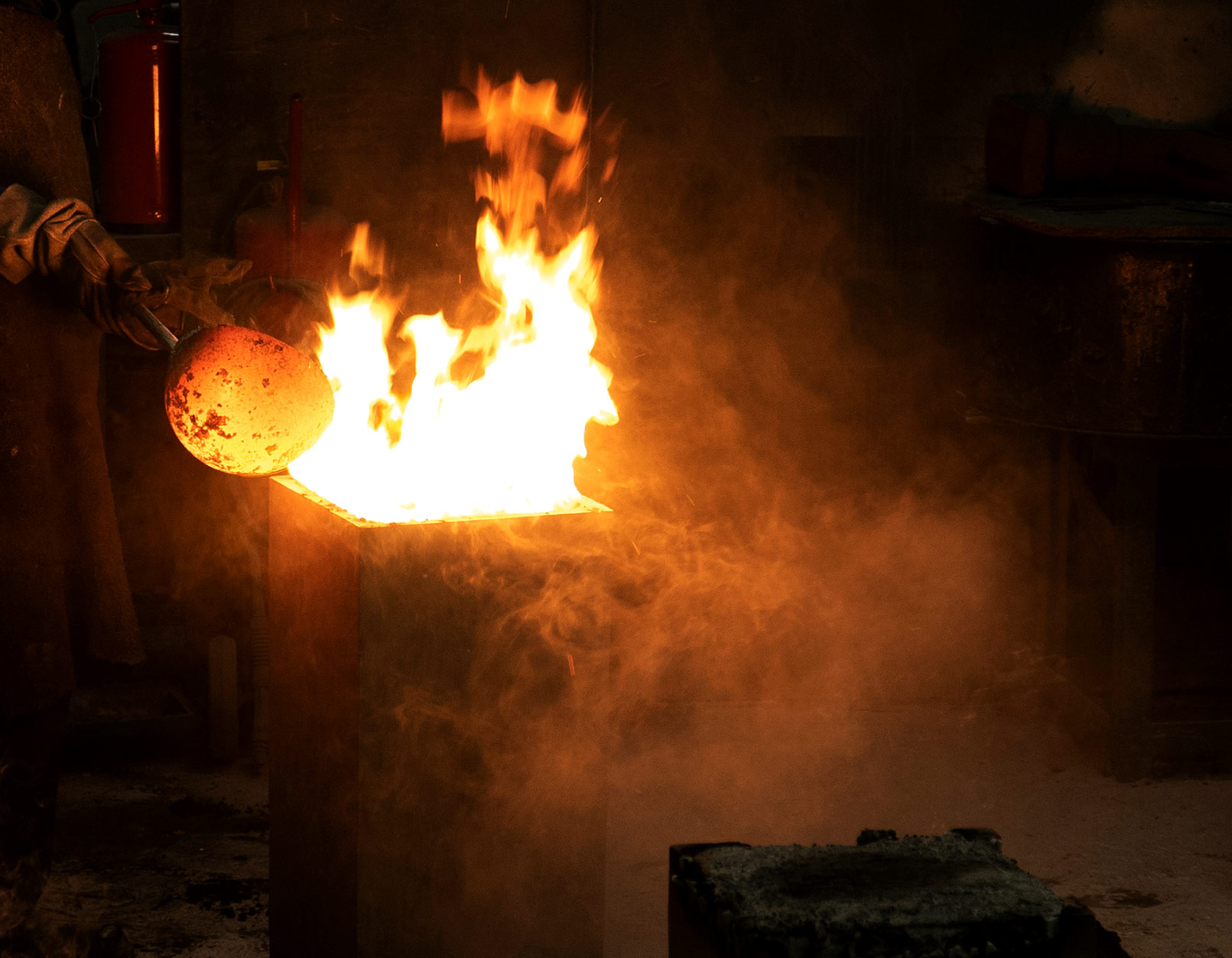



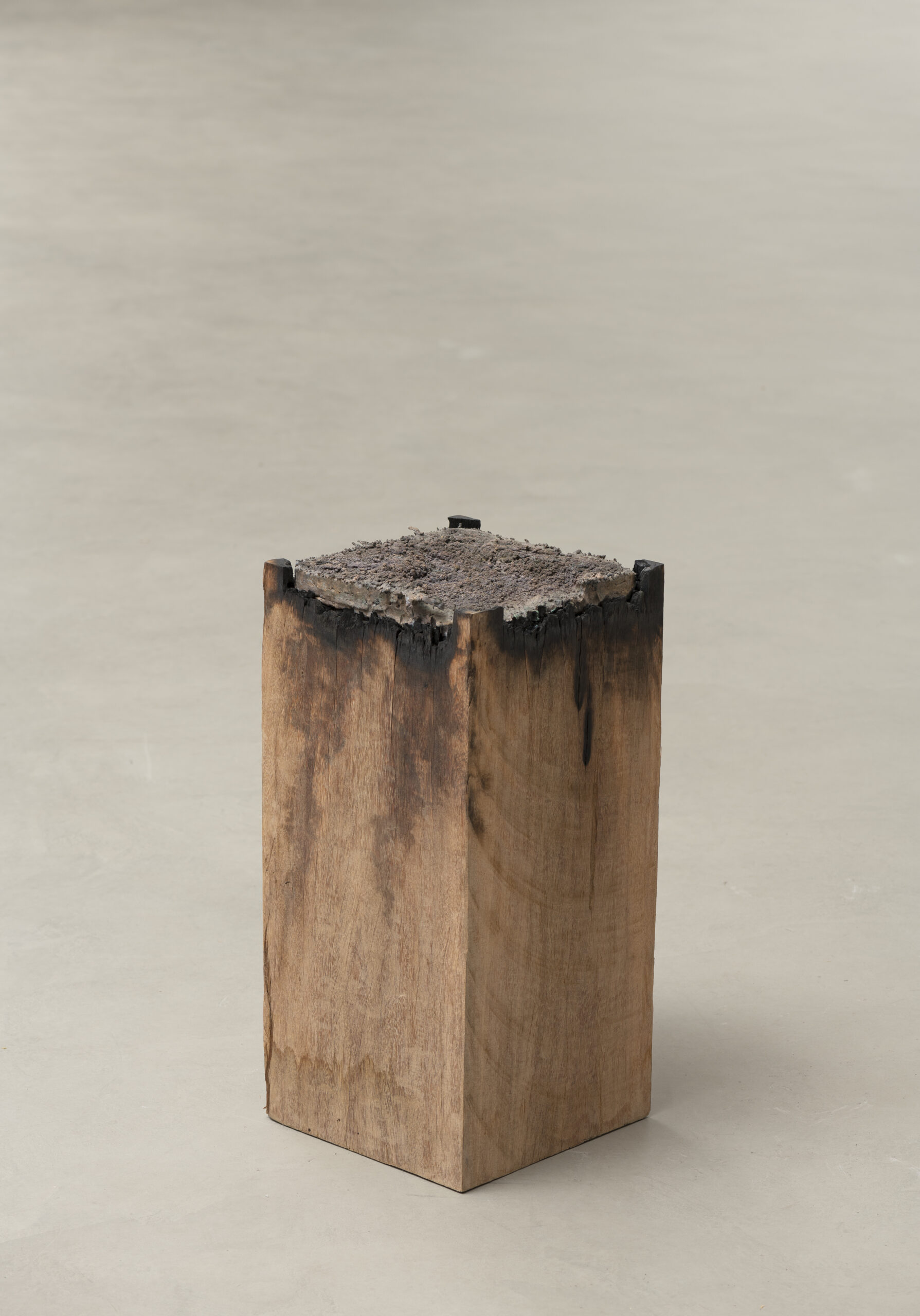

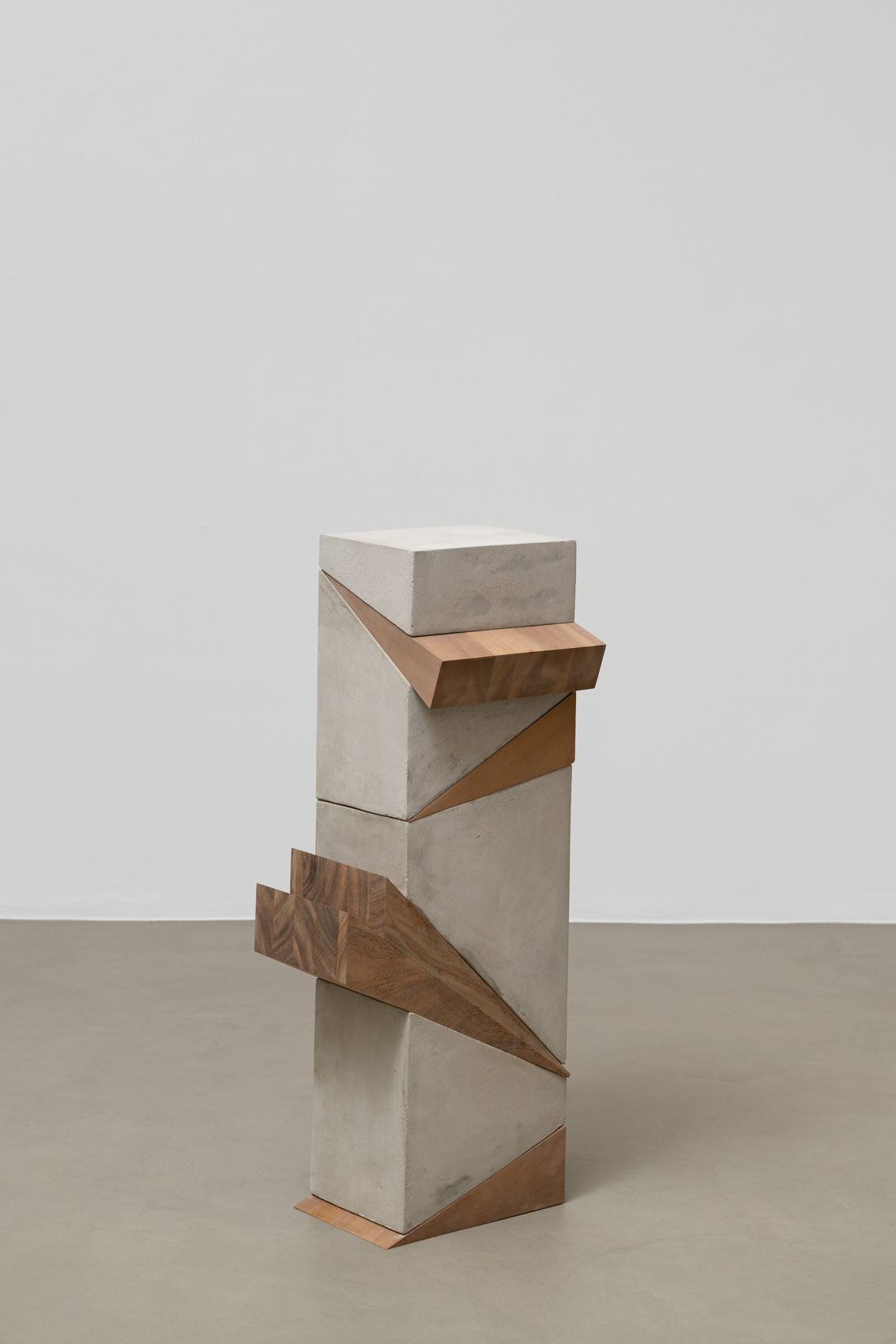

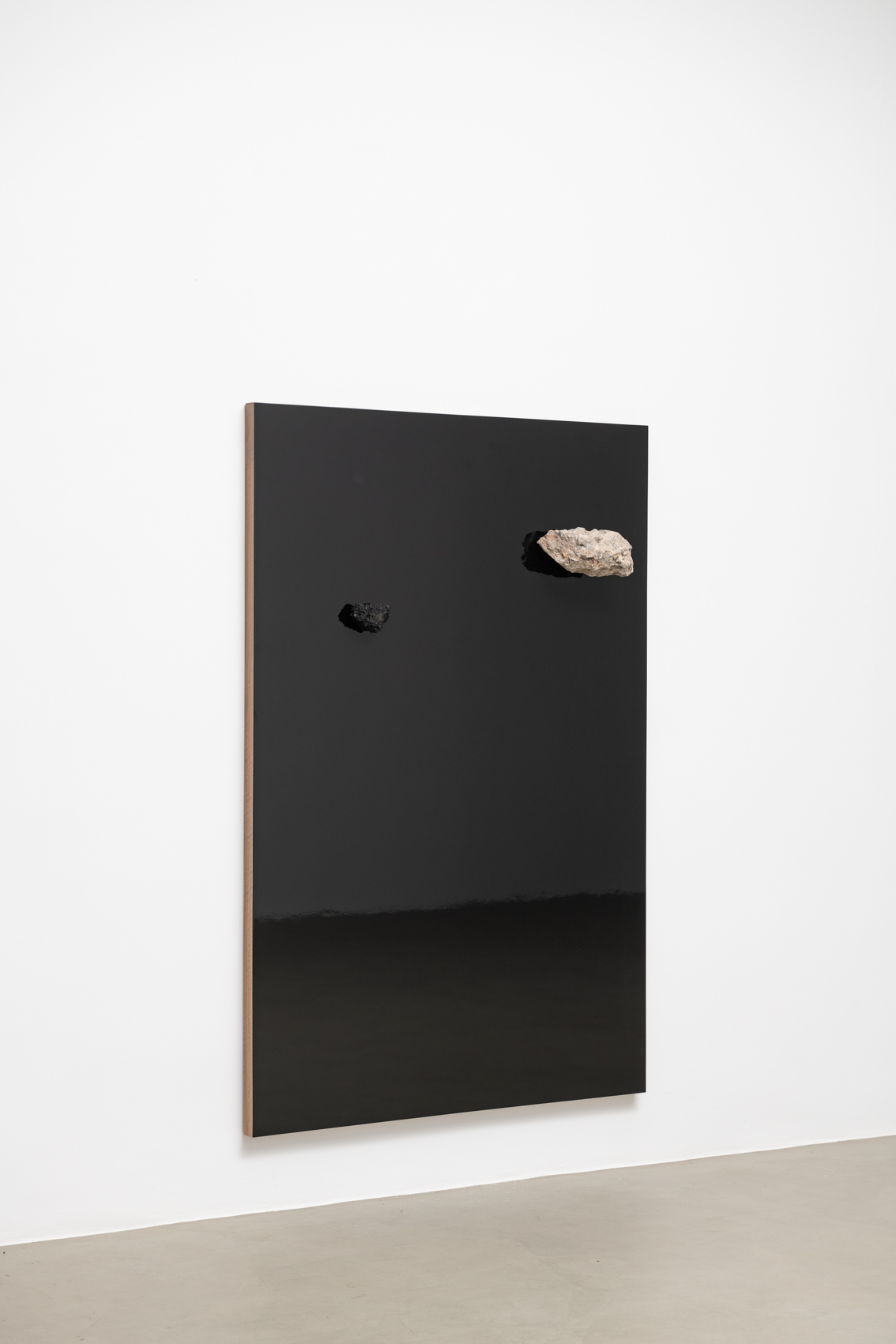
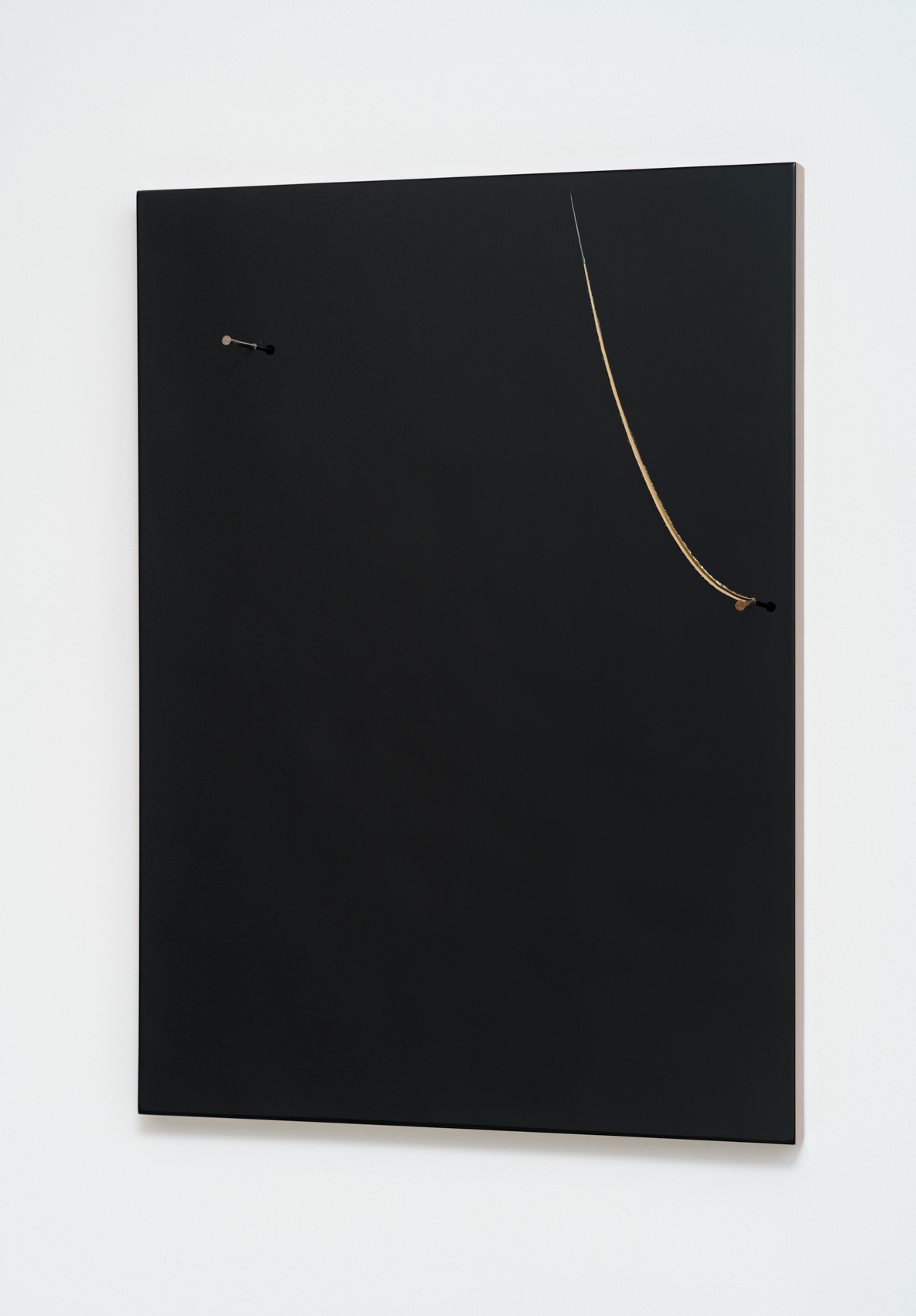
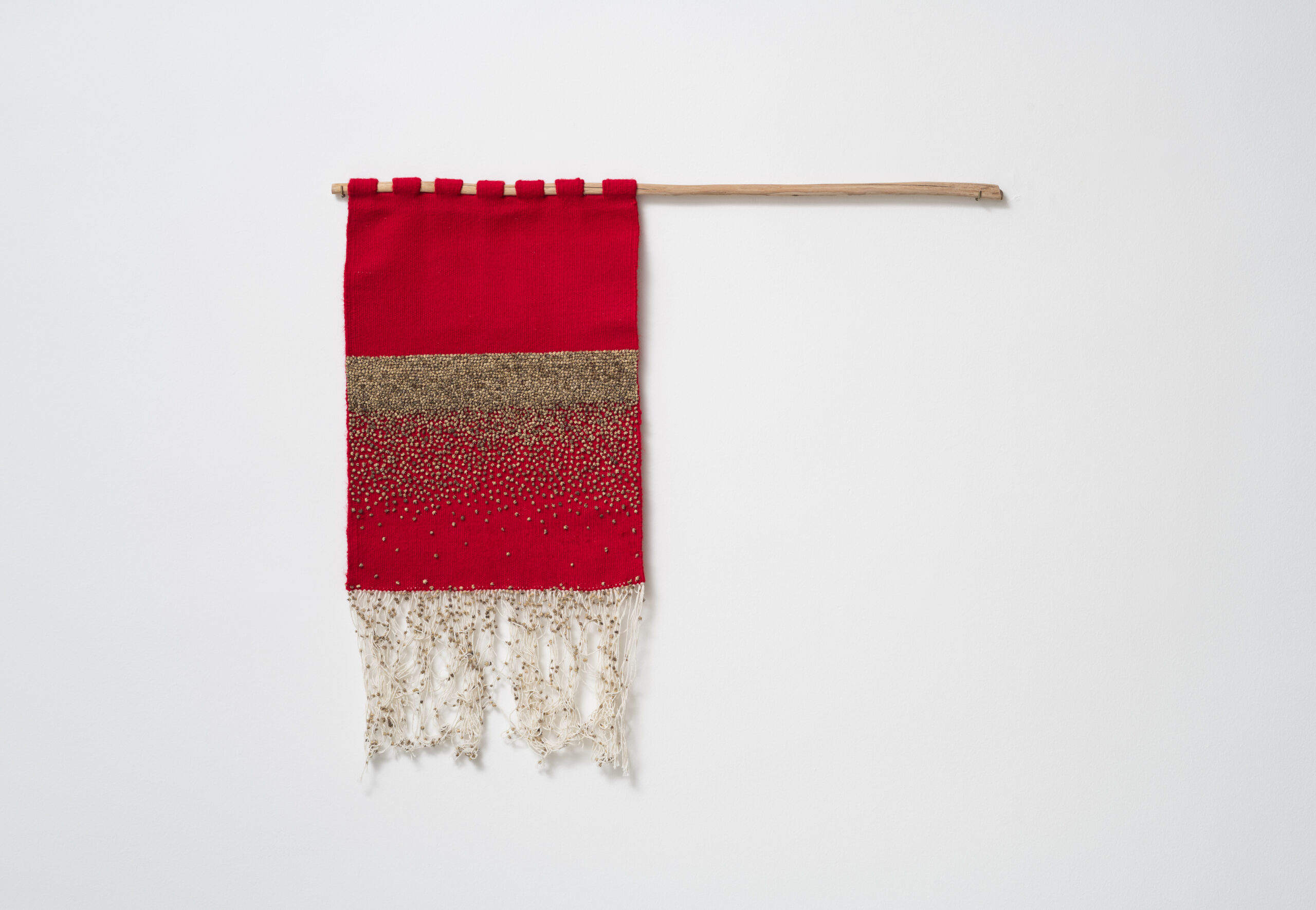

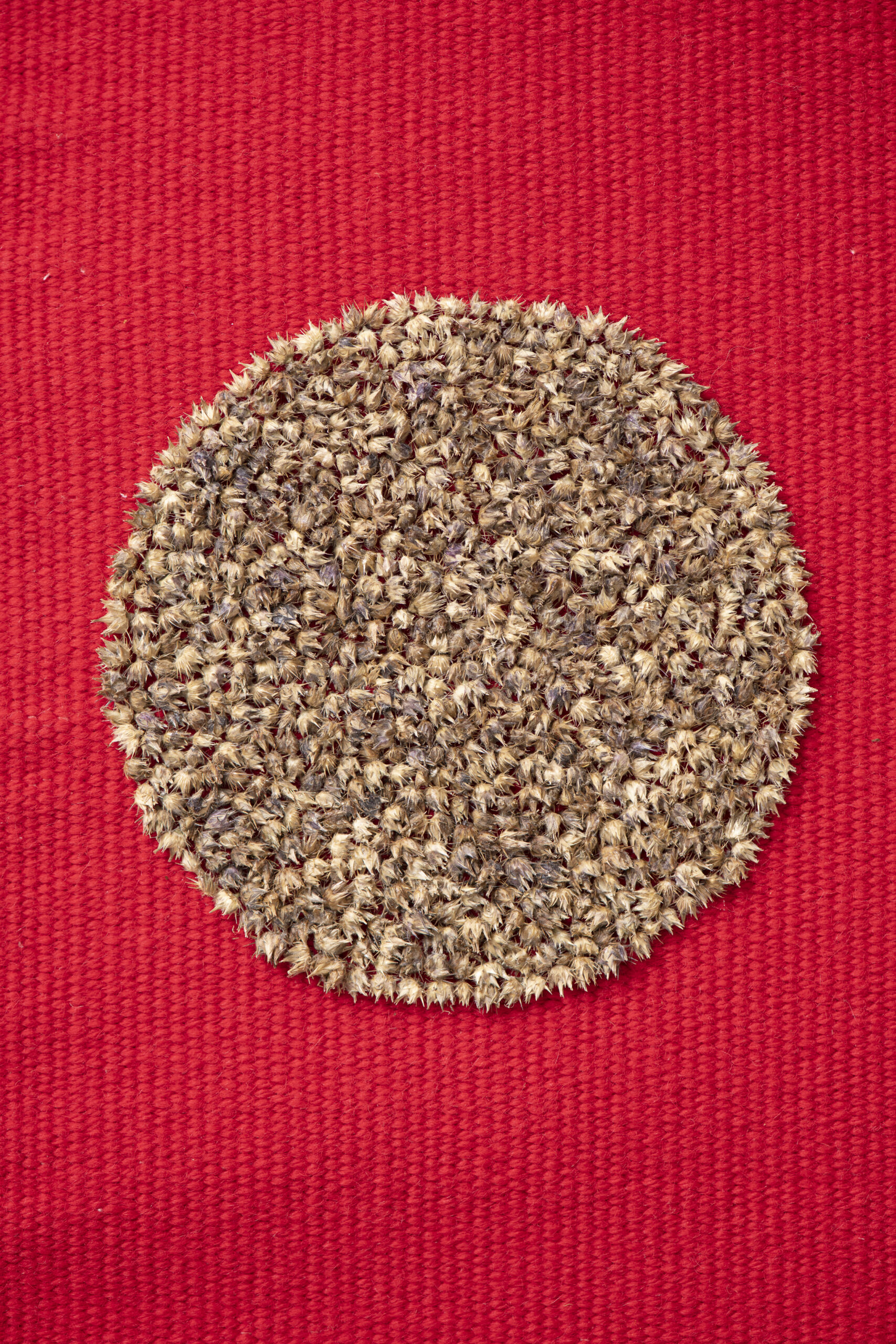
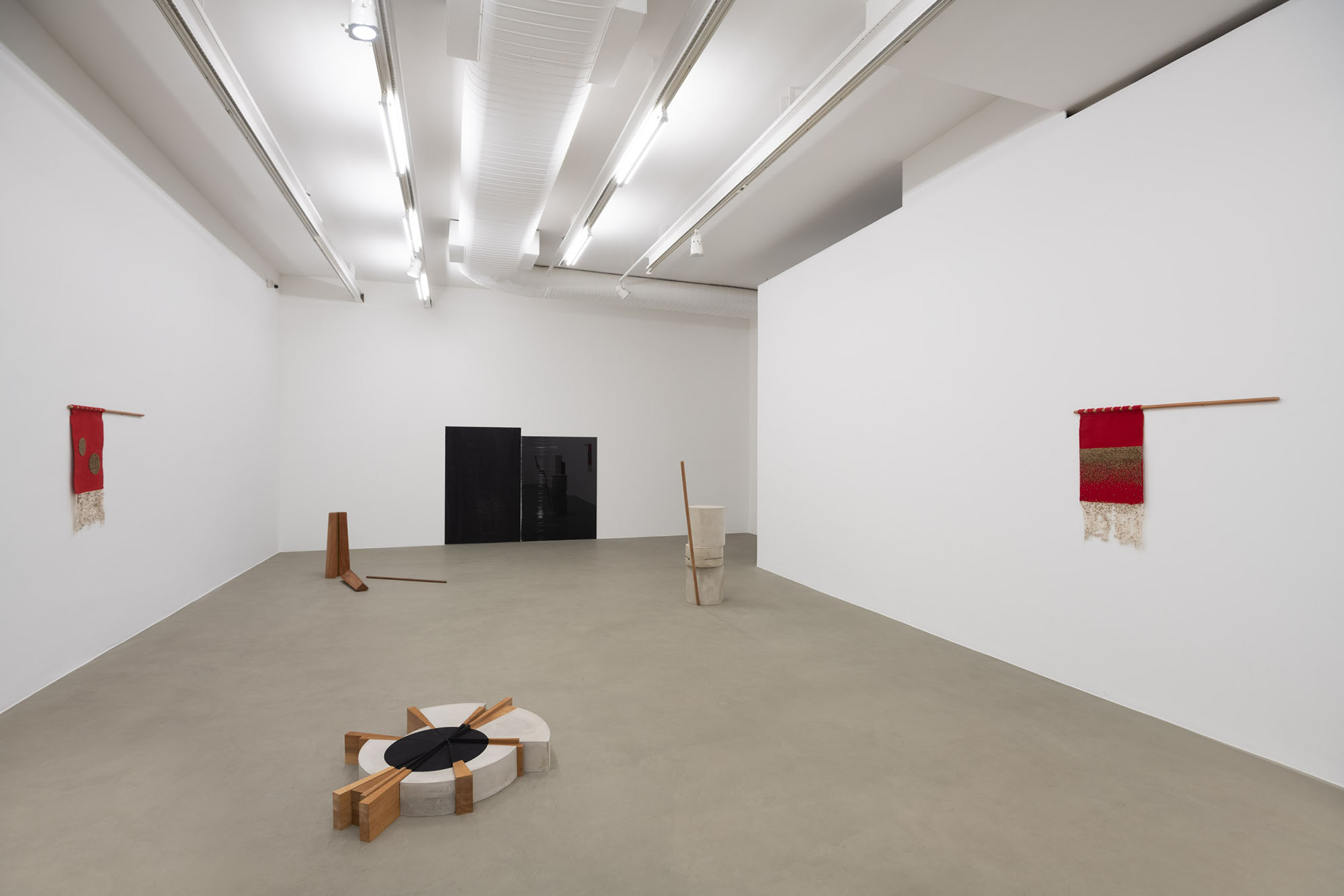

Solo exhibition
Galeria Luisa Strina, São Paulo, BR, 2020
Friction and opposition among materials from contrary natures are the main subject of Marcius Galan’s next exhibition in the gallery. The artist presents new sculptures made of or finalized with materials that have a relation of incompatibility between them, for instance a rough surface against a smooth one, a high-density element in opposition to another that is liquid/cast.
The title to the exhibition comes from the three solid wooden sculptures where Galan made a groove, removing material from their top, then subsequently he has poured molten bronze in different quantities, and as a result the molten metal has burned part of the wood or, as it overflowed the groove, has covered part of the hexahedron. Therefore, Fervor (2020) is a work that starts from two classic sculpture materials in order to generate a corrosive friction between them, to promote a dialogue about incompatibilities.
The heat and/or pressure relation appears symbolically in the piece Desenho Explodido (Exploded Drawing), which shows an erupting volcano geometric scheme. Under Galan’s mathematical-abstract lens, a volcano is equivalent to a cone and, eruption to a red patinated cylindrical batten, placed in the core of the cone, so the eyes have access through a cutting in the volume’s section. The artist had already explored the idea of an isometric diagram in works such as Common Area (2008), Equation in supposed balance (2013), and Point (2015).
One of the artist’s best-known works, Seção Diagonal (Diagonal Section, 2008) deals with his experiments on cutting plans and other appropriations of engineering language. Galan operates on the threshold between the mathematical application and the conflict or destruction suggestions, as implosions, explosions, sectioning, breaks and partitions are implied in the technical design vocabulary. In the Fervor exhibition, the concrete column with wooden wedges in the Straight Segment series is a synthesis of such ambiguity: “Friction is what keeps a structure standing or what keeps a plane supported by another one”, he analyzes.
The curator Tiago de Abreu Pinto, who writes the exhibition text, comments on Coluna (Straight Segment): “The wedge seems to underline the intentions, the balances; intrusion, but pertinent intervention. As if that was not enough, the strength of this material obviousness is found in this foreign body. The presence of compelling facts. And, being not limited to any of the previous meanings, it expands and becomes an impersonal stronghold, a space of universal influx. The wedge has dug its space: it has resisted”.
Further on, Tiago defines Marcius’ recent research: “he presents us the contact space: attractive, convulsive, zealous”. The pieces in the Contact series (2020) result from the conflicting coexistence between impeccably smooth automotive surfaces and an unmistakably rough texture background. The friction between the two planes is what makes them unique and humanized, beautiful. Fervor is Marcius Galan’s fifth solo exhibition at Galeria Luisa Strina.
Fervor
Tiago de Abreu Pinto
In his search, in the midst of concrete works (for him, a singular raw material), was precisely where he found resistance.
However, after so many other artists before him, how would he compose his form?
His craft, let’s call it that, takes places along a flow of ideas leaving traces of works, a continuous network of digressions that would cause any individual following his progress to have the feeling of being in the middle of a story that began some time ago.
So, what is this story?
He narrates it as it happens, a story interwoven with interpolations which subtly cover our reality. Let’s see: two concrete columns with wedges. The latter so broad in its meanings. Personal name, expression, place, thing. The wedge seems to underline the intentions, the balances; of the intrusion, but pertinent intervention. If that were not enough, in this strange body we find the strength of the matter. The presence of unavoidable facts. And, due to not being limited to any of the previous meanings, it expands and transforms into an impersonal haven, a space of universal influx. The wedge dug its own space: it resisted.
Here is another work. On the floor, a concrete disk with a wedge. The previous could have served as a clue, but not an answer, as we are here faced with another inflection. Once again (and not because of the concrete) the artist causes us to have a flashback. And, if we resist apprehending the reason for this new insertion, we know that he will do it again in the future. Well, let’s not confuse its proximity to the ground with a lack of structural weight. We know its name, its properties, its reason for existence. In this case, it seems to have the role of pointing to a centre of convergence, the heart of the matter.
Or would it be too much to assume that we see our own economic situation in it? Unbridled temptation. However, once again, we know that we will not find its real strength in the particular.
In the concrete? In the concrete.
Would this matter be indicative of the specificity of what we are dealing with here?
Would it be an illusion to presume this relationship?
Let us not allow the shadow of this issue to disturb our visit. Continuing: three solid wooden bases burned with liquid bronze. And so, we sound a melody: the sound of bronze in contact with the wooden bases. But it is a melody we no longer hear. We know it wasn’t a gradual, subtle thing. We are left only with its new, unprecedented heights. Its matt tones shine brightly. They seem not to exhaust their means to be subsequently and inevitably replaced. There they remain: resistant.
And what succession of other works will we distinguish here?
In this space full of relative opacity, there would be a moment for material astonishment such as the following: sandpaper and glass painted from red to earthy. The tone is the protagonist (mineral sparkle), for a moment, in rapid pulses: lava red, maroon, burgundy, boiling, burning, until it reaches, intrusively and volcanically, the darkness. And, the architecture-wall becomes an abrasive material capable of consuming, ruining and destroying. Which mitigates baroque excess, sands the roughness, streaks the sentimentalism and inaccuracies… Thus it presents us with the contact space: attractive, convulsive, fervent. For those arriving now: the touchstone we see in contact with the blackness of the automotive paint takes us back to the basic abstract. Are we always formulating trajectories and equations without lapidary clarity? Even if this is precisely the issue that most concerns us?
Looking meticulously among the soft red monochrome tapestries, we find clinging ticks. Undesirable and harmful, they spread quickly, depending on how they cling, moor, with thorns that serve to sow. They seem to have been left as vestiges of a continuous process of friction. The heat. The convulsion. The moment of difficult contact. Of resistance. The moment when the bronze cools and, in turn, appears once again through the figure of the resistant wood: the inert volcano, naked, disassembled. We will recognise it in our surroundings. Its echo, schematic and rational, contentful and insensitive, is made present through the boiling of its missing smoke signals.
And what tension-resolution does it bring us?
It is in the second stanza, a new echo, that we reach full power. When we see, again, the concrete column with the delicate floating line (like the nervous meridional blade ) that cuts it. We perceive beyond the strength of those who are and always will be. We understand that the dark point that allows us to see, the sun located eternally below the horizon, the blind spot the eye ignores, islet of absence in vision’s bosom, this is the objective of the search and the place, the heart of intrigue. And solely.